Industrial deionised (DI) water systems are extremely useful for a range of applications. Reverse osmosis (RO) systems are also used in many circumstances to treat poor quality process water and make it suitable for industrial use. Deionisation is not better than reverse osmosis, simply different. Each system has its advantages, and often the two processes can be used together in the same water purification plant.
Industrial Deionised Water Systems – Are They Better Than Reverse Osmosis Systems?
Topics: Deionised Water System
How Much Should You Pay For A DI Water System And Are They Worth It?
Price is often the first question we are asked when it comes to enquiries about DI water systems, so we wanted to address the issue in this article. Before we get into specifics we have to be clear that overall cost, operational expenses, potential savings, ROI etc. will vary on a case-by-case basis.
Topics: Deionised Water System
Process water is used in many commercial businesses, often in very high volumes. As it is used, process water often picks up impurities and contaminants that need to be stripped out before the wastewater can be released back into the water network. This is expensive for the businesses concerned, as well as being extremely wasteful. Thus, facilities that use large amounts of process water frequently benefit from employing techniques that can conserve and recycle process water for further use. This not only makes sound environmental sense, but can also save businesses a lot of money.
Topics: Purified Water Systems
3 Ways To Achieve Pure Industrial Water Through A DI Water System
Businesses needing large quantities of pure process water on demand can truly take advantage of DI systems to ensure they get the necessary water for their technical processes. There are several ways in which you can implement a deionisation (DI) water system in an industrial setting.
Topics: Deionisation
How Much Does A Deionised Water Purification System Cost?
Deionisation of water has proven to be very effective in purifying water at an ionic level, maintaining ph and even bacteria eradication. The reason is the process removes ionic impurities, while releasing hydrogen and hydroxyl ions into the water, which hastily combine to form pure water, thus providing a sample of water that is mineral free, high-purity, and with a completely neutral ph level of 7.
Topics: Deionised Water System
Choosing the right deionisation system is essential to having that system run for a satisfactory amount of time before any maintenance, repairs or replacement have to be made. And choosing the right system is largely dependent on the type of application for which you need deionisation. For example, if you only need to deionise a few gallons of water per minute, your structural needs are very different from another user who has to deionise about 500 gallons per minute at the very least. Therefore, looking into your own personal needs for deionisation will to a great extent govern the type of system you would be looking to install, and the type of DI system will in turn influence the provider who is best suited for the project.
Topics: Deionised Water System
4 Reasons To Renew & Upgrade Your Current Water Purification System With A Water Deioniser System
The water deionisation unit has fast become the standard water purification process for many industries, largely as a result of the level of purity of the water it produces, and the wide range of applications for such a high purity product. Deionisation of water involves passing the raw water through two stages of ion exchange that remove all impurities in the water at an ionic level and release hydrogen and hydroxyl ions into the water for chemical balance. These released ions then combine to form a molecule of water with no ionic signature. The water produced by this deionisation process also sits at a pH level of 7 on the pH scale, perfectly neutral.
Topics: Deionised Water System
Understanding The Deionisation Of Water Process: 2 Key Processes You Must Be Aware Of
The deionisation of water is a slightly complex, two-stage scientific process whose aim is the removal of all dissolved salts from the water. This process is used widely as one of the main processes of water purification. It involves passing the water through chambers that have been set up to trigger a chemical reaction that attracts the dissolved minerals (in the form of anions) out of the water. This article provides detailed information about the process of deionisation and the two parts of the process worth noting. More information can be found in our free Guide To Industrial Deionisation Systems, which can be accessed by following this link.
Topics: Deionisation, Deionised Water System
Three Signs You Need to Replace Your Water Treatment Plant
Industrial water treatment plants play a crucial role in both manufacturing efficiency and ensuring harmful pollutants are removed from waste water. Many commonly used compounds and elements in manufacturing, such as heavy metals, are actively harmful to human health and can cause severe damage to the ecosystem.
Topics: Water Purification Solutions
Containerised water treatment plants have a big role in water purification and offer one of the best methods available in the market for purifying manufacturing water on demand.
Topics: Industrial Water Treatment






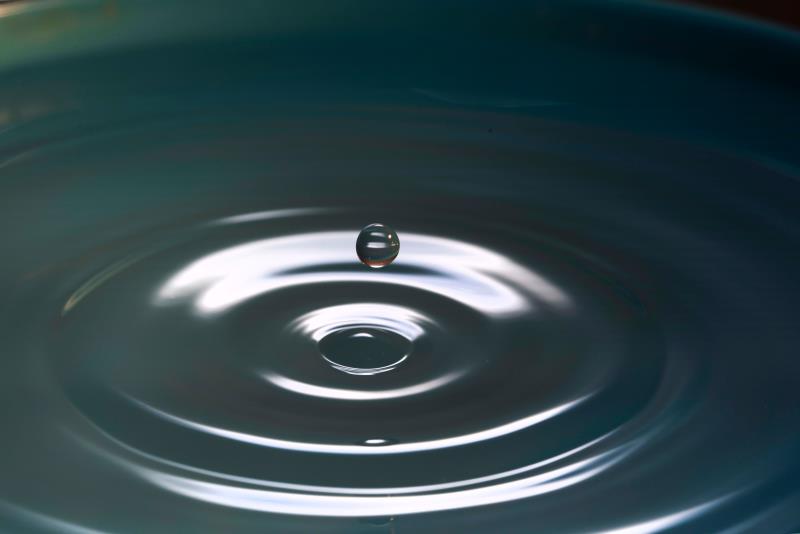
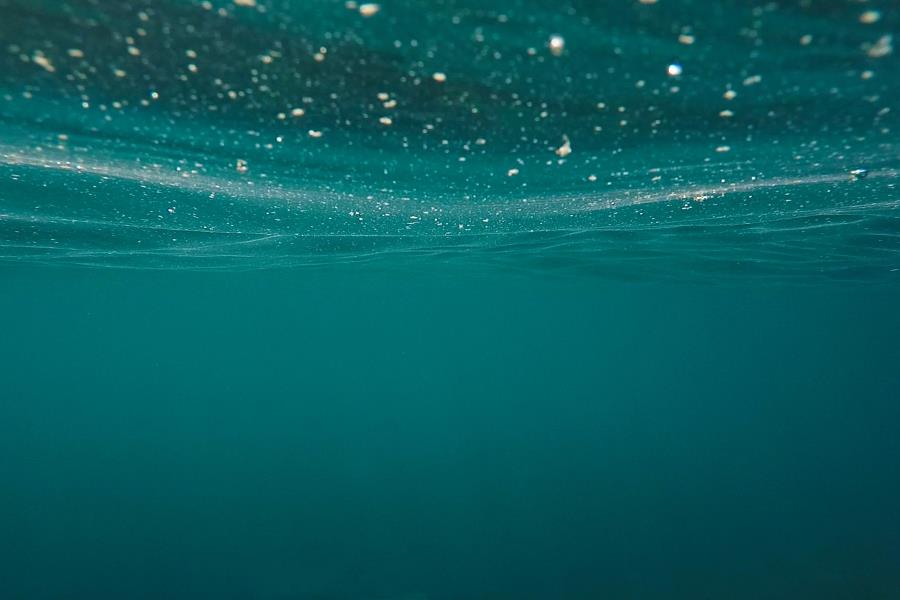



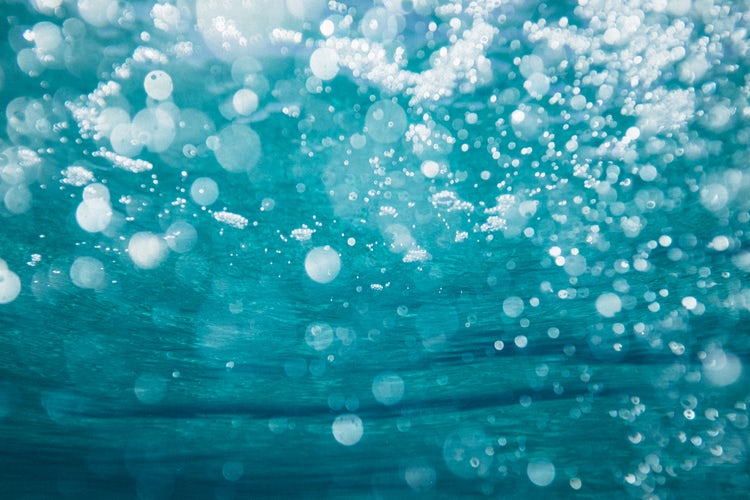

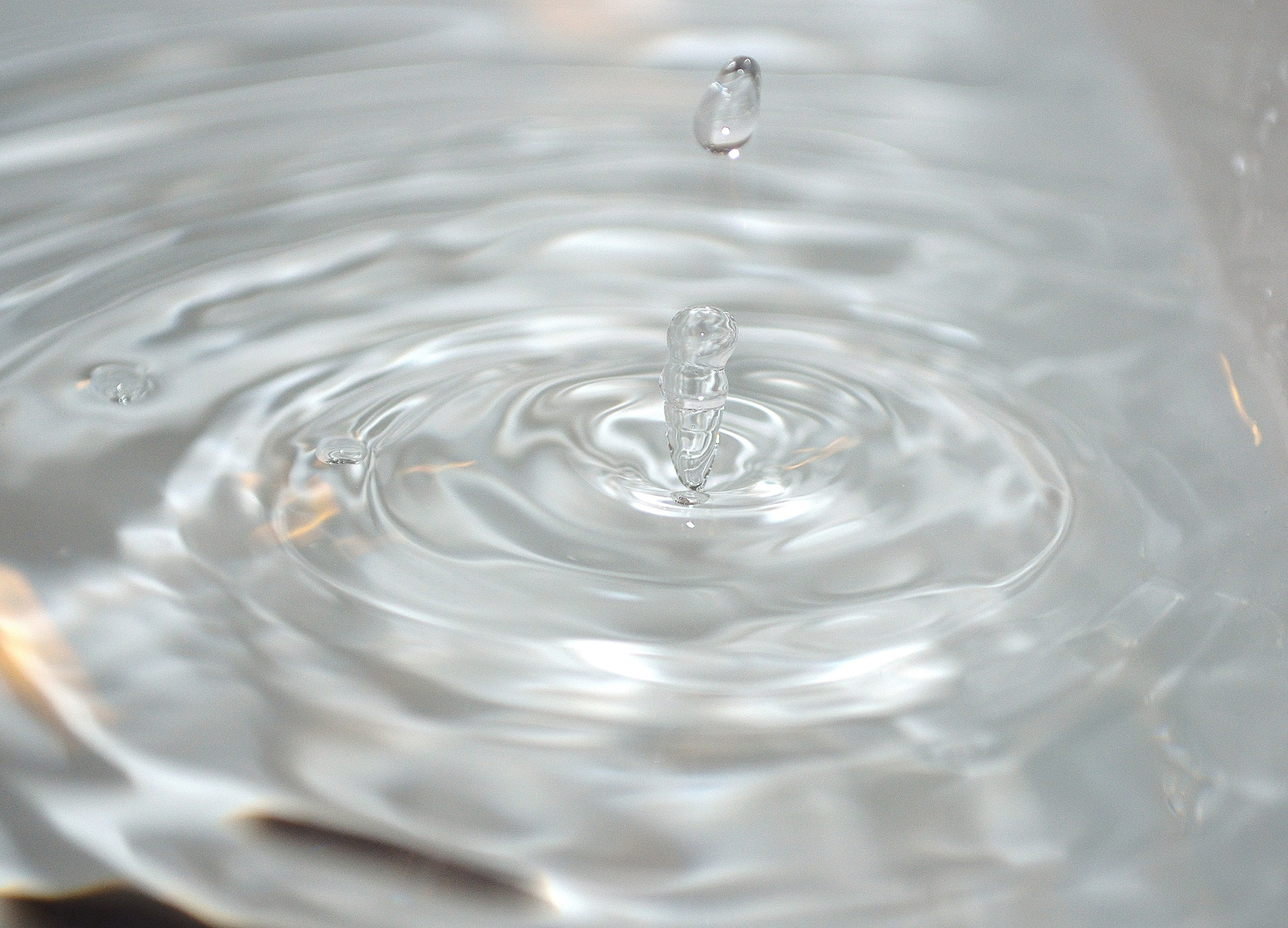
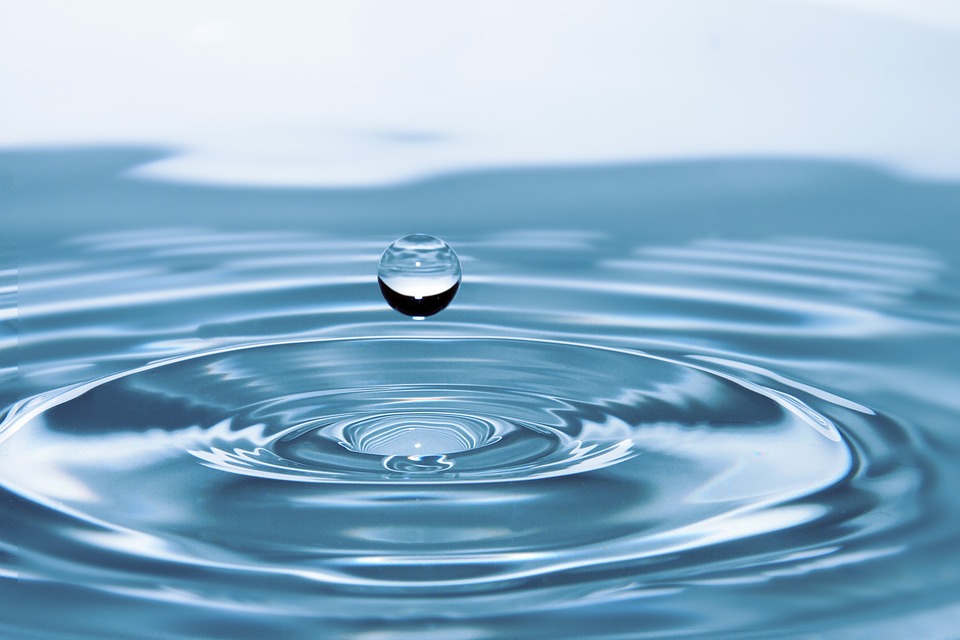
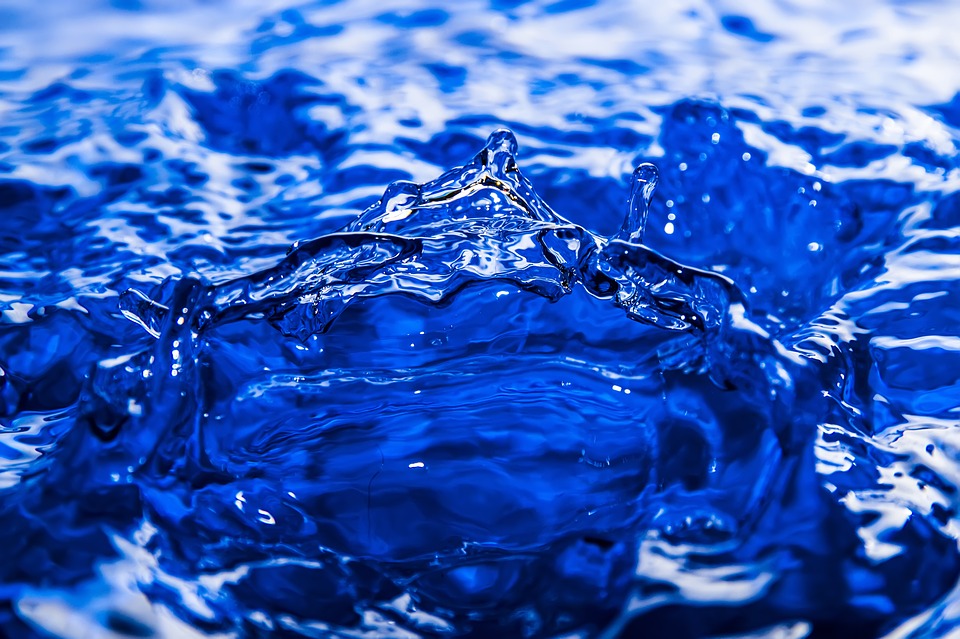
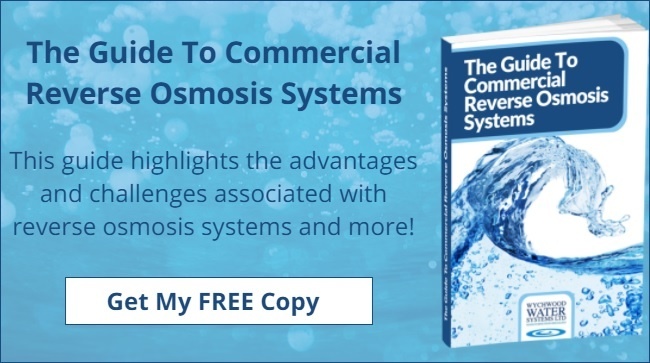

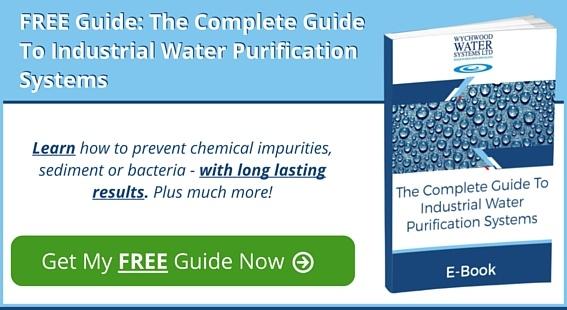
 We are a specialist independent company involved in water purification and water treatment technologies
We are a specialist independent company involved in water purification and water treatment technologies


